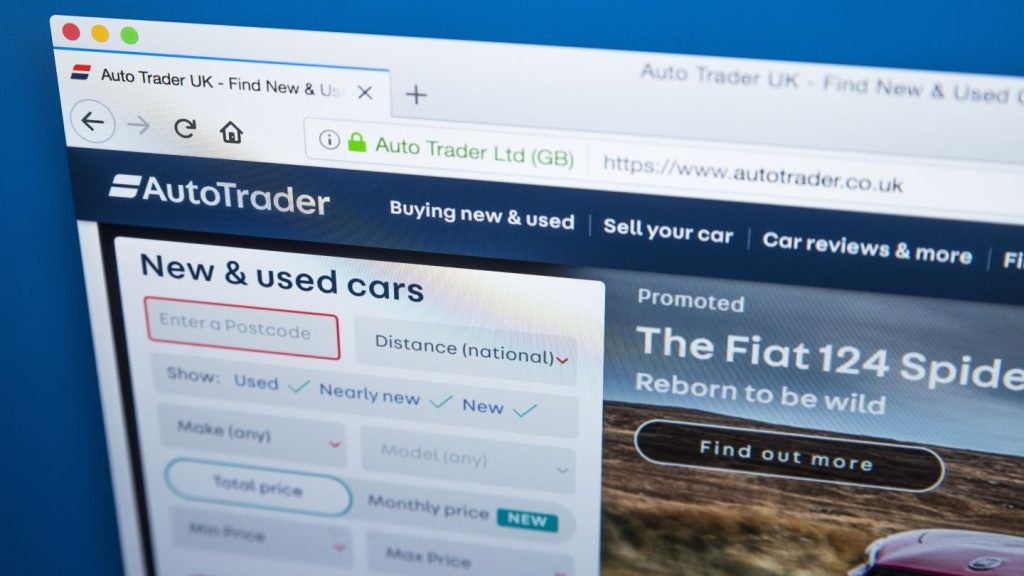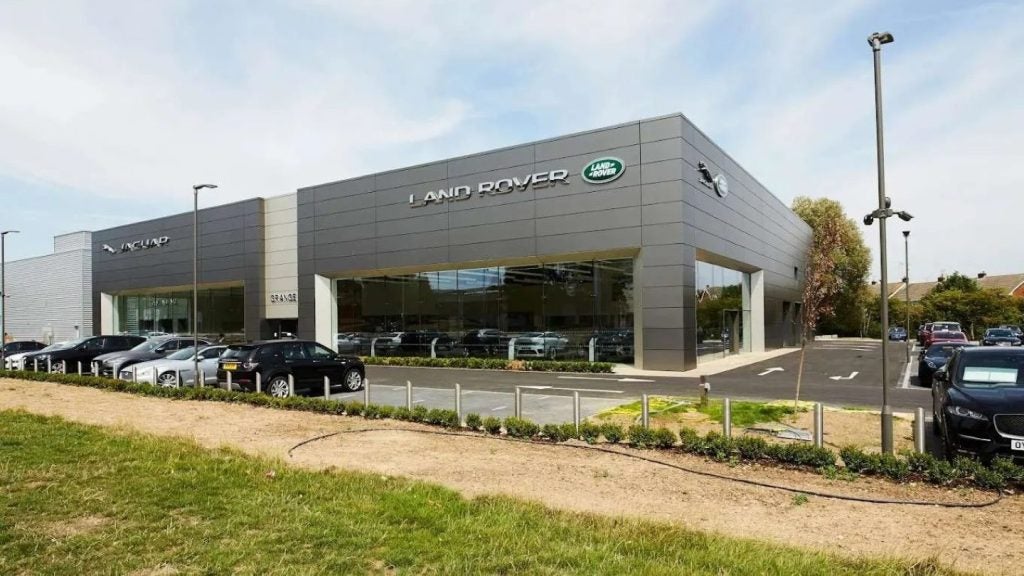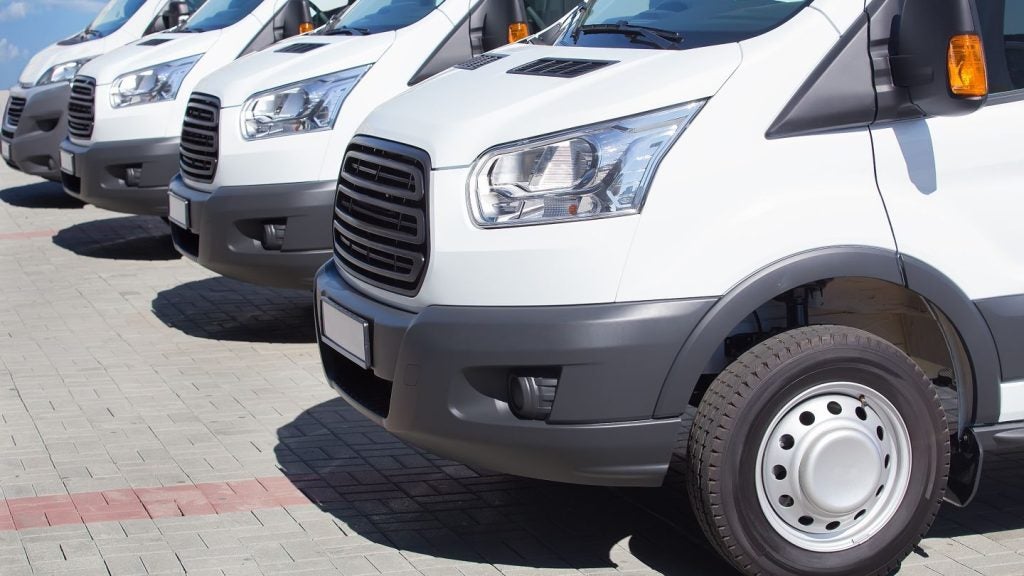a new book, Managing Your Company Cars: Expert Opinion,
which, in over 550 pages, sets out best practice in this complex
area. However each of the chapters in the new book has been written
by a different author – with fleet managers, lessors and industry
suppliers all represented in the list of contributors.
examples of how best practice can cut costs and improve efficiency
for end-users, along with case studies showing how savings were
achieved, and other benefits – such as employee buy-in, lower
carbon emissions, and reductions in administration – which can also
result from an optimised strategy.
• Managing Your Company Cars:
Expert Opinion is available as a PDF from http://www.tourick.com/; below is an
extract from the book’s second chapter
Managing Your Company Cars: Expert Opinion –
Chapter 2, Selecting a leasing company
Keith B Cook, deputy financial controller, Computacenter
UK Limited
Fleet profile
The Computacenter fleet comprises 2,000 vehicle-eligible
employees with around 50 percent opting to take a vehicle and 50
percent opting to take cash. Of the vehicles, there are
approximately 750 cars and 250 light commercials. Around 80 percent
of the fleet is a working fleet, for engineers and sales people
visiting client sites, with the balance being ‘perk’ vehicles.
We have recently moved to a blend of traditional contract hire
and employee car ownership (ECO). The cost to the employee,
regardless of the funded product they end up being provided with,
is identical.

US Tariffs are shifting - will you react or anticipate?
Don’t let policy changes catch you off guard. Stay proactive with real-time data and expert analysis.
By GlobalDataYou have recently gone through a large tender process and
have changed vehicle management suppliers. Please talk us through
the process and explain how you chose your new supplier.
Keith Cook: We believe in long-term
relationships with our suppliers, but governance standards mean
that, from time to time, we have to put all material items of
expenditure out to competitive tender.
We began by defining what we were looking for, commercially and
functionally, from a new contract. We already had a good idea of
how we wanted our scheme to evolve (from a one-size-fits-all
classic ECO scheme, to a blended new generation ECO and contract
hire scheme, with tailored mileage contracts), and that we needed
to lock down as many of the financial elements of supply that we
could, leaving the least number of variables.
For the variable elements, it was also important the supplier
committed to a price benchmarking mechanism as, given the
complexity and tax clearance required within the ECO element of the
scheme, we were awarding a sole-supply contract, and we needed to
ensure that the pricing remained competitive over the full life of
the contract. The prime financial variable elements were service,
maintenance and repair budgets, and residual values.
We also took the opportunity, at this early stage, to seek input
from key stakeholders from the across the business.
At the end of this process we compiled a Request for
Information (RFI) to send to a range of vehicle management
companies, selected on the basis of their perceived capability and
their previously demonstrated desire to work with us. The RFI went
out to around 10 vendors, of various sizes, as we wanted to ensure
we understood what we could expect from both large and medium-sized
suppliers. We kept a very open mind.
The RFI was split into three sections:
• vehicle management
• accident management
• daily rental
Within each section, the supplier was requested to provide
specific information, and evidence of capability and price. They
could bid for any, or all, of the contractual components, but the
stated preference was for a ‘one-stop shop’. We set out with the
intention of appointing the new supplier within three months, which
helped keep the process focused and moving.
I have been asked why our preference was for a ‘one-stop shop’
approach, and our view was any efficiency gains made from
disaggregating the services would be at risk of being lost between
the gaps created between different suppliers at the handoff
points.
The tender process ensured we knew the most competitive price
and levels of innovation for each contractual component, and this
could be embedded in the final contract. At the end of the day, any
gains from disaggregating the service would have been marginal, and
one error, that took too long to fix, would have evaporated
them.
Once the RFI results were back, we used a pre-defined selection
matrix to score the responses, to see who we would take through to
the final stages. There was a mix of mandatory and desirable
criteria. Clearly, the capability to deliver a scalable and
repeatable ECO scheme, alongside contract hire, was mandatory. The
matrix was completed, separately, by three people, and the
consistency of scoring made it easy to narrow the selection down to
four potential suppliers. They were each sent a more detailed
tender document, drawing on what had been learned from all the
responses to our RFI, and factoring in informal input from other
subject matter experts within the industry (once you put your fleet
out to tender, it’s such an incestuous industry, that soon everyone
gets to know, and your phone gets pretty hot).
The responses to this process were followed by formal
presentations. All of the responses and presentations were of a
high quality, but this exercise enabled us to eliminate two further
suppliers from the process, primarily because their ECO capability
was less well-established. The final stage involved a more forensic
examination of capability, extensive demonstrations of their
database and quoting tools and, very importantly, reference site
visits, as it was imperative to see how other companies, in similar
industries with similar sized fleets, were interacting with these
suppliers and to see, first hand, the tools that they were using,
how they were being used, and the levels of satisfaction
achieved.
After receiving best and final offers from each supplier, from a
commercial perspective, there was very little, if anything, to
separate them. We clearly needed to find something to differentiate
between the two bids and select a winner. As ECO was, and remains,
a core product for us, we decided to select the supplier which, in
our opinion, had the most established, and demonstrable, pedigree
in ECO provision. Both had strong reference sites, but one had
slightly greater depth and breadth of ECO clients and capability.
That company was awarded preferred bidder status and, following
successful completion of a due diligence process, was appointed as
our new supplier for vehicle management and accident
management.







